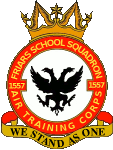Flying
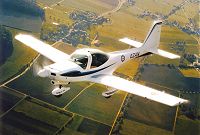
Flying is one of the core activities of the Air Training Corps, and cadets are offered opportunities to fly regularly in light aircraft as well as occasional flights in other RAF and civil aircraft.
There are plenty of opportunities open to cadets when flying, from aerobatics in handling the controls for yourself.
Basic training at the squadron will prepare cadets for what to expect on their first flights in the Tutor. Most cadets from the squadron can expect to go flying at least twice a year, and more if it's possible. The choice of what to do during the flying experience is entirely up to the cadets; on a typical first flight, cadets can expect a familiarisation flight which gets them used to the rattles, bumps, sights and sounds. When cadets return for subsequent flights they might choose to experience the thrills of aerobatics.
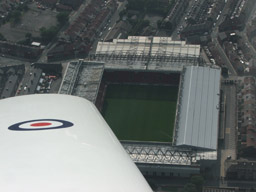
Some Cadets who stand out from the rest may also get the opportunity to fly in something a bit more exciting. Cadets from this squadron have flown in a Hawk, and also in Chinook and Puma helicopters.
There are also exciting opportunities for cadets to learn how to fly, with scholarships available to outstanding cadets for both powered flight and gliding. Cadets have the opportunities to learn to fly in various different types of aircraft, including the Grob Tutor and the Spirit Microlight.
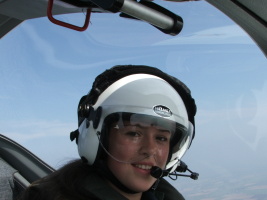
In general, every cadet will be given opportunities to fly for free during their time as an active member of an ATC squadron. To be in with a chance of flying in a wider range of aircraft, and receiving scholarships cadets must show their commitment to the squadron.
Flying & Navigation Scholarships
Some cadets are also eligible for a flying scholarship. There are plenty of opportunities for cadets to apply, with
scholarships available from the Air League, the Guild of Air Pilots and Air Navigators, the Geoffrey De-Havilland Flying
Foundation and the Royal Aeronautical Society.
Successful applicants will usually attend a civilian flying school, where they will get 12 hours flying in a small civilian aircraft. After these 12 hours, the cadets may get a chance to fly solo. The aim of these scholarships is to get the cadets up to solo standard and, therefore onto the first rung of the ladder for a Private Pilot's license (PPL).
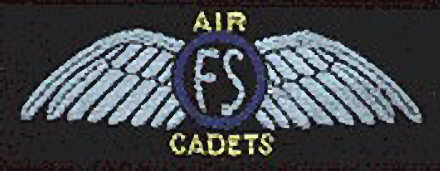
Cadets who successfully complete their flying scholarship can wear the flying scholarship wings shown here.

Cadets who have passed their navigation exams at senior level or higher can also apply for an Air Cadet Navigation course.
